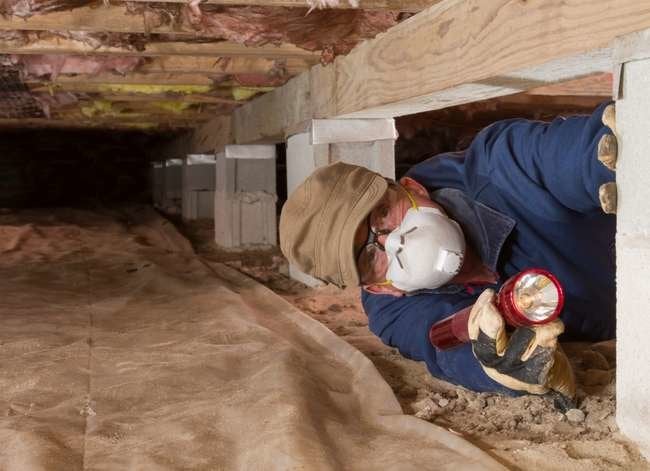

We may earn revenue from the products available on this page and participate in affiliate programs. Learn More ›
Home Advice You Can Trust
Tips, tricks & ideas for a better home and yard, delivered to your inbox daily.
A little extra insulation goes a long way.

As a devoted DIYer, you’re proud of your ability to rewire a lamp, fix a leaky faucet, and take on a host of other household maintenance and repair jobs. But you may still think home insulation demands a call to a pro. Well if so, think again. Hands-on homeowners can now insulate spaces large and small with Foam it Green, a revolutionary product that makes preserving comfort and conserving energy a snap.
Proper insulation equals greater energy efficiency, and those smaller or oft-forgotten spaces around the house that are particularly vulnerable to air leaks have an outsize effect on energy bills and household comfort. A Foam it Green kit includes all you need to quickly and easily apply a 100 percent airtight seal of expanding polyurethane foam insulation with an R-value of 7 for every inch of thickness. (R-value is a measurement of how well an insulating material resists heat flow. A two-inch layer of Foam it Green provides the R-14 value recommended in most climates.) Installation is easy: Point and shoot the spray gun, and tanks of blue and yellow chemicals combine at the nozzle and expand into a Class 1 fire-retardant, antimicrobial, no-VOC insulation. Unlike fiberglass batting, foam insulation brings structural support and noise control to the table, and it doesn’t absorb moisture or degrade over time.
Why wait for a pro when you can conveniently protect your home from air leaks yourself, in just a few hours and without having to evacuate the house while the insulation off-gasses? Read on to find out where air leaks lurk around your house and how Foam it Green can swiftly and safely seal them up—a project that can save you up to 40 percent on your energy bills, according to the U.S. Department of Energy.
Seal up a crawl space ceiling.
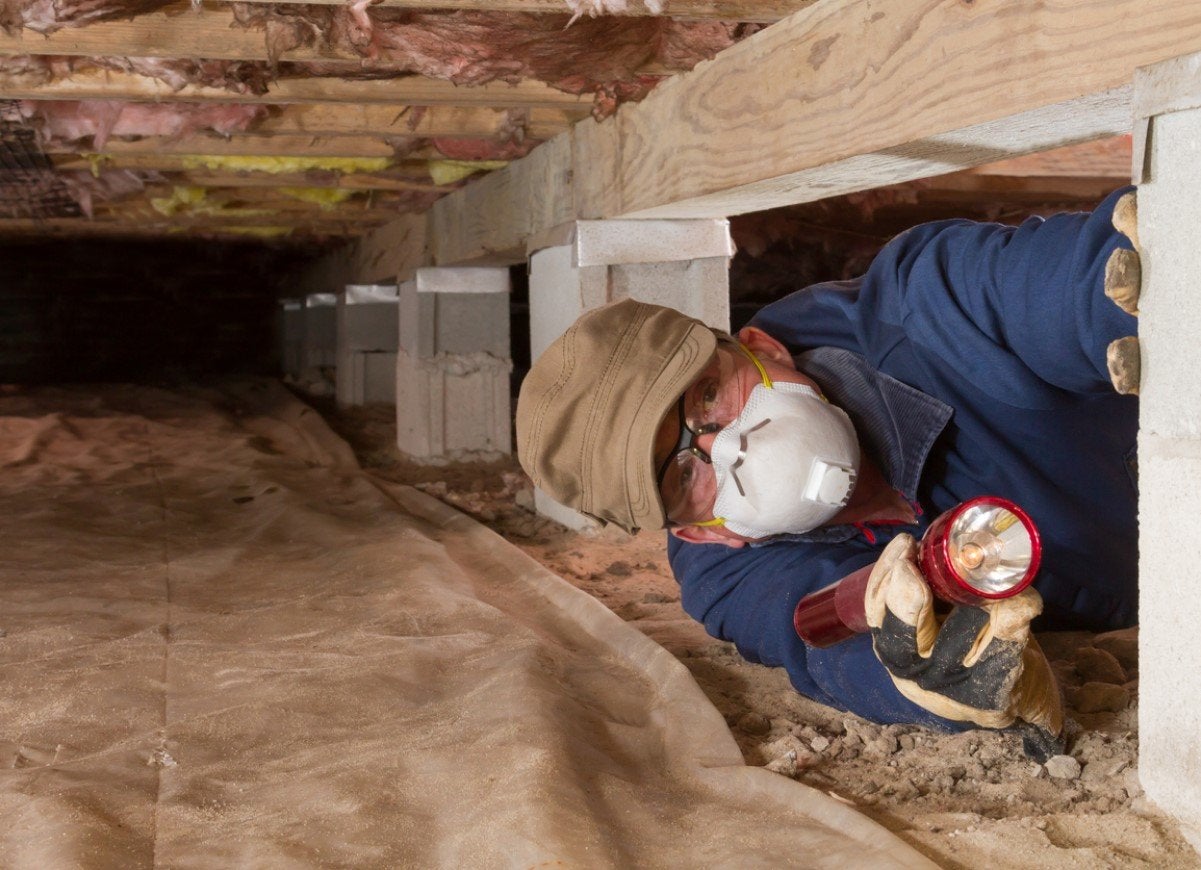
That slim space under your house that provides access to plumbing and electrical systems is highly susceptible to energy loss. Without proper insulation on the walls and ceiling of your crawl space, warm or cold air can seep through to your living space. Installing Foam it Green in your crawl space not only stops energy loss in its tracks, but its antimicrobial formula also staves off mold growth and provides a barrier to radon, odors, and pests.
Do right by rim joists.
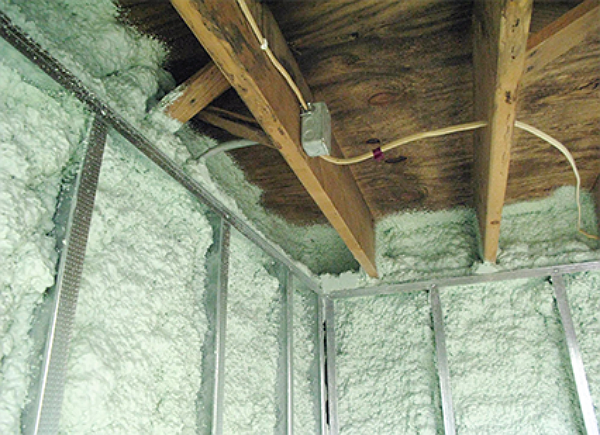
Rim joists are the structural members that sit on top of your home’s cold foundation and support the floor joists. Several key parts of the house come together at the rim joists, making them a site of significant energy loss. These cavities may already be stuffed with wads of inefficient fiberglass, a material through which air can pass freely. When you replace fiberglass with the airtight seal of spray-foam insulation, you can take extra comfort in its antimicrobial formula that will prevent mold from developing in a damp or humid area. Plus, thanks to Foam it Green’s no-VOC formula, you can get back into the space ASAP without worrying that toxic chemicals will seep through the floorboards and into your living space.
Insulate empty walls the easy way.
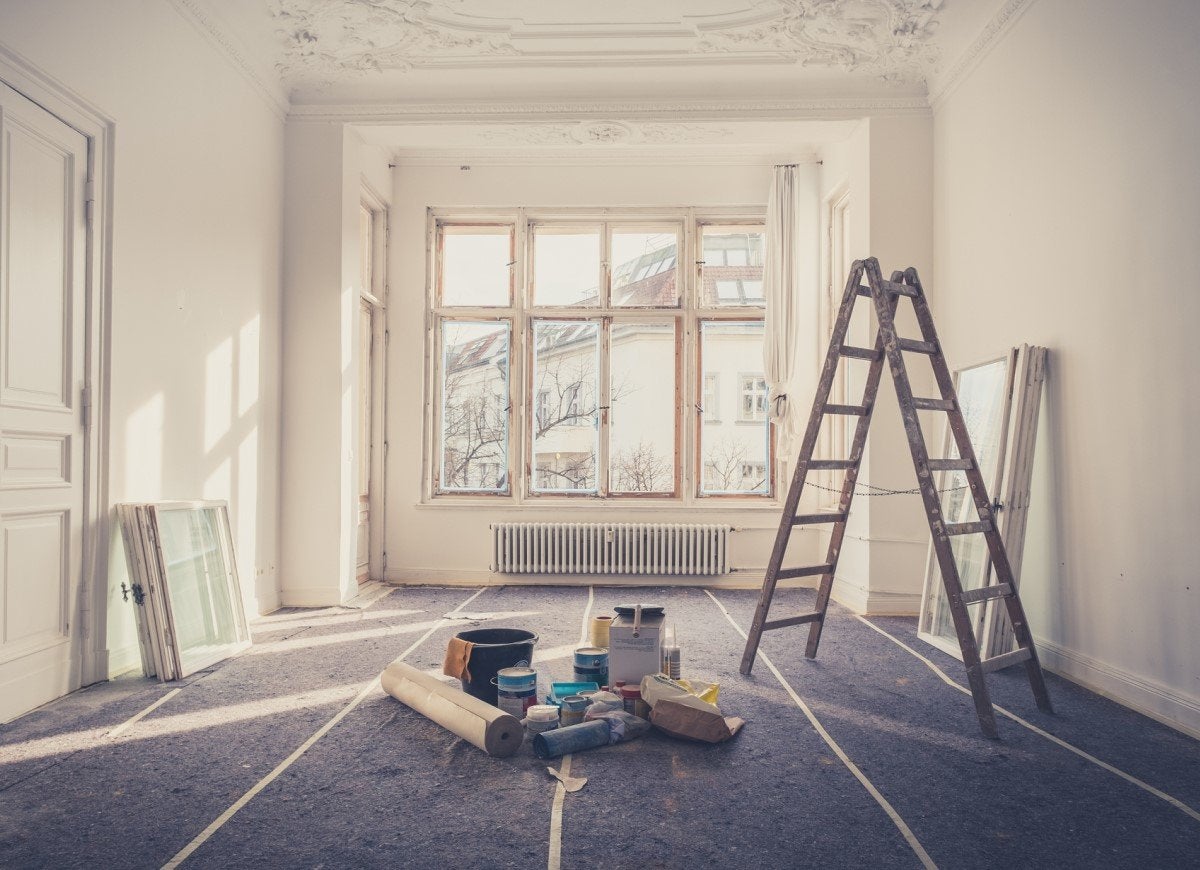
If your house is plagued by mysterious drafts, chances are they’re coming through uninsulated plaster walls—a common problem in many older homes. Fortunately, you can create a seamless air barrier without taking down the walls simply by pumping Foam it Green’s Slow-Rise Formula into an exposed wall cavity. To do this, drill several holes into the wall between identified studs (typically three feet apart), attach the kit’s nozzle to plastic tubing that will help reach down into the cavity, feed the tubes into the wall, and slowly squeeze the trigger. This blind filling process is more challenging than installing spray foam in locations where you can see where you’re aiming, but the Foam it Green experts have created an easy-to-follow video tutorial to help users feel more comfortable. In three minutes, after the foam has risen to about six times its initial volume in the wall cavity, shave the extra, sand, and patch.
Muffle the sounds of your home gym.

Would you appreciate some extra sound control at home? Though it’s not quite soundproofing, a seamless air barrier of spray-foam insulation in the walls and underneath flooring can help reduce the echo of sound bouncing between concrete surfaces and help control the amount of sound entering and leaving a room. Sound muffling can come in handy for at-home gyms to prevent the pounding of feet on a treadmill or the clang of weight machines from disturbing others in the house. It’s also helpful for a home office or recording studio.
Discourage ductwork energy loss.
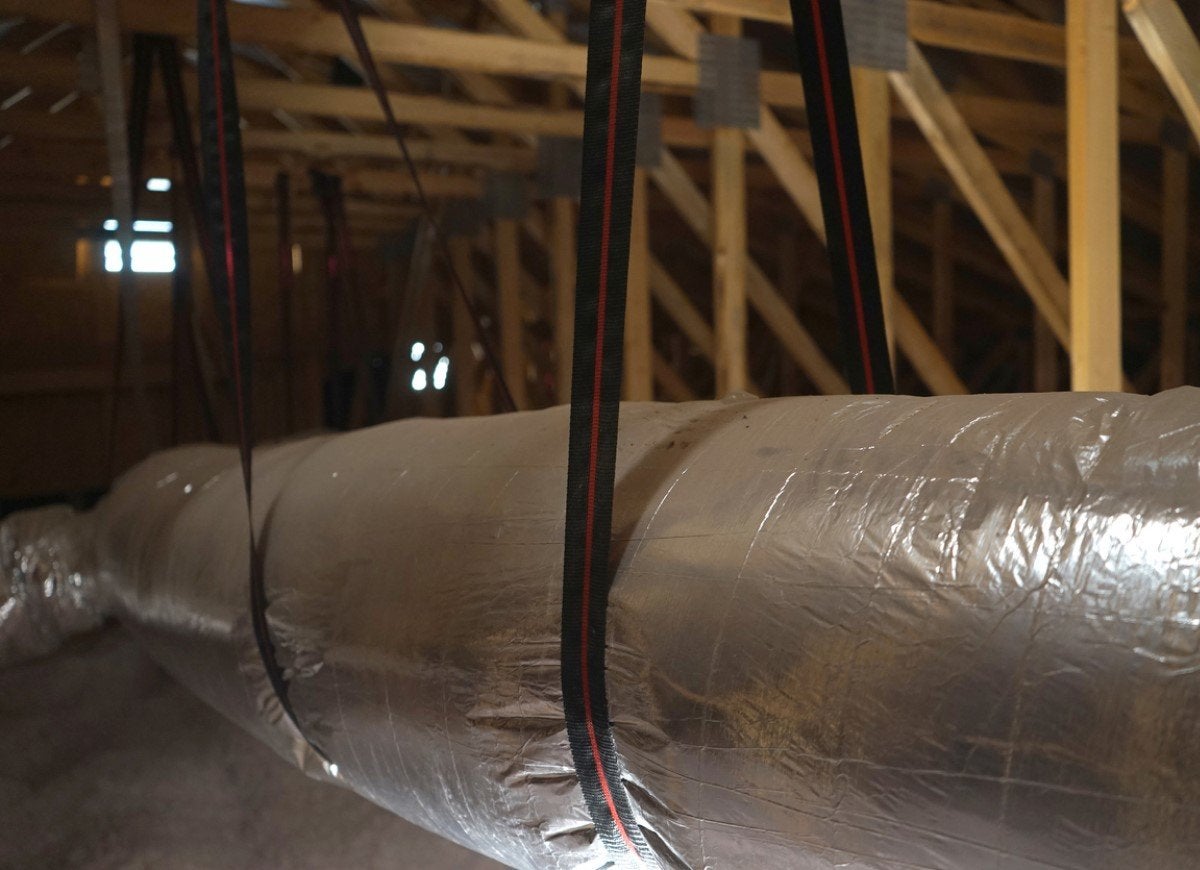
A branching network of tubes in the walls, floors, and ceilings of your house, your HVAC ducts carry heat from your furnace and cooling from your central air conditioner throughout the house. Left uninsulated, HVAC ducts are a prime source of energy loss, especially at the seams. Where possible, simply spraying Foam it Green directly onto ductwork can prevent conditioned air from leaking out of the ducts before it reaches its final destination, so you can maintain the ideal temperature in your home without making your HVAC system work overtime. As a bonus, the foam insulation will eliminate condensation and reduce vibration when your system kicks on.
Turn a metal shed into a comfortable work space.
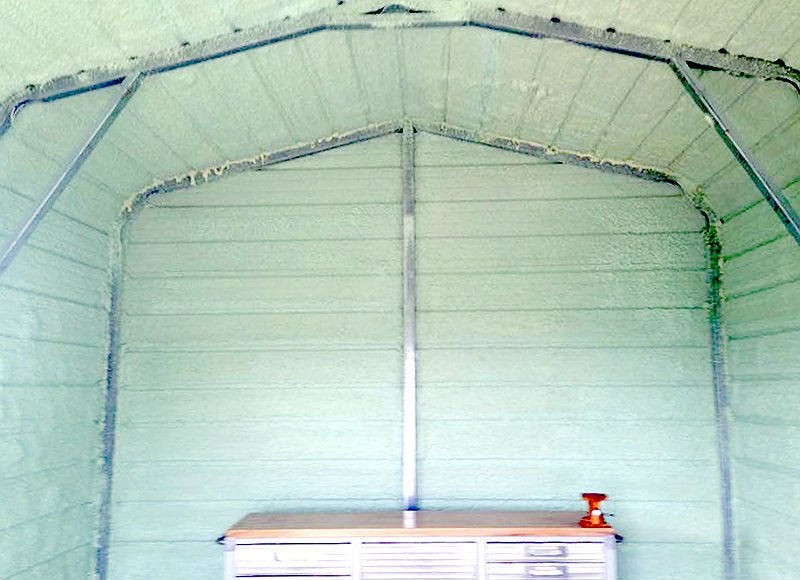
Do you use a metal shed as your workshop and wish you could work comfortably out there more months of the year? Metal walls heat and cool quickly as the exterior temperature changes, and this can leave you shivering or sweating, depending on the time of year. But if you coat the walls with spray-foam insulation, you’ll not only prevent the conditioned air from escaping, but you’ll also keep the metal surface from “sweating” in the summer, when humid air comes into contact with the chilled metal interior. A one-inch layer of Foam it Green should provide an airtight seal and an R-value of 7, but additional layers can get you a higher R-value, which you may need if you live in a colder climate.
Outsmart mice by sealing off holes at the foundation level.
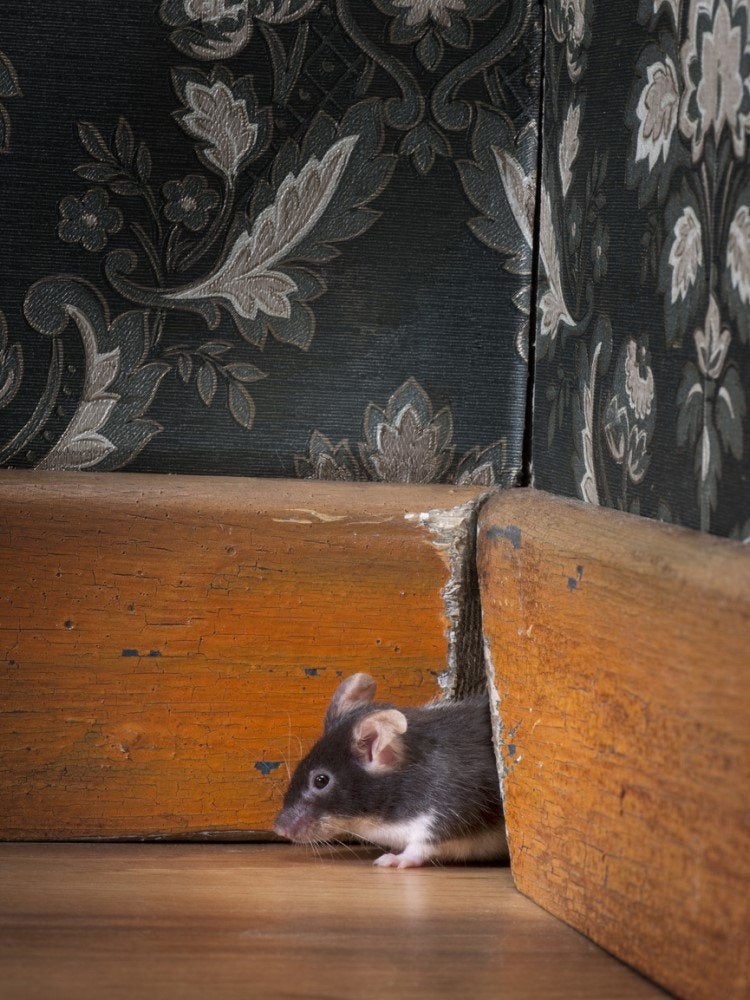
Use any spray-foam insulation left over from a project to create the perfect airtight solution for mouse-size entrances to the house. A few quick sprays into small holes on the exterior of your home as well as in the foundation should be enough to seal off these vulnerable spots. It’s especially important to take care of this before fall, when infestations tend to happen, and while you’re at it, use mesh to block off other potential entry points, such as downspouts, gutters, soffits, and vents.